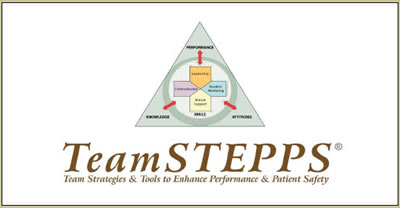No, SBAR isn’t a new nutrient packed snack bar. Yes, it does work! This tool helps communicate critical information and elicit a response. Nurses are already familiar with the tool, but the use of the SBAR doesn’t have to be limited to nurses. Other team members need to communicate important information too. When taught, they can use SBAR to communicate about a resident’s condition too.
The SBAR tool is a method of organizing information and sharing it in a clear, concise and
consistent way. It focuses the sharing on the key pieces of information the receiver needs to know so they can respond. While the SBAR is a tool for sharing critical or change in condition information it is adaptable.
- Situation- What is happening with the resident?
- Background – What is the background?
- Assessment – What do I think the problem is?
- Recommendation – What would I recommend?
The tool is typically used to communicate with physicians but has potential for internal
communications as well. SBAR can be used as a method for nurse aides to communicate critical changes to the nurses. A nurse aide using it with a nurse might look something like this.
- S: Mrs. Smith is short of breath and says she feels dizzy.
- B: She has been sleeping more than normal today, seems confused and didn’t want lunch.
- A: Her breathing sounds labored. Share any vitals collected.
- R: I would like you to come assess her immediately.
The team from Cedar Village in Ness City has been implementing TeamSTEPPS®. They found a non-traditional use for the SBAR. Sara Corsair, the DON, shared how the SBAR was used to solve an interdepartmental conflict.
The nursing team was frustrated by the way the dietary team was serving meals. They were bringing plates of food to residents, sitting it in front of them and walking away. They weren’t helping cut up food or add milk, sugar, cream and other condiments. The nursing team leadership visited with the cook and CDM, but nothing changed. They had begun having the nursing team fill out complaint forms about the issue.
During their TeamSTEPPS® training, everyone heard some of the challenges and frustrations faced by the other departments. After this, the nursing leadership decided to try a different approach. They asked the nursing team members to try using the SBAR. The nursing team communicated with the dietary team by using the SBAR like this.
- S: Residents are having trouble eating when food isn’t set-up for them. Some of the residents have dementia and cannot work through the steps of setting up their food. When this is done, they can eat it themselves.
- B: They provided a brief explanation of the disease process and how it limits their ability to do the tasks.
- A: We’ve observed and see the food gets sat down and the staff leave. When this happens, the resident sits there unable to eat until someone else comes over.
- R: We’d like you to set up the food for the resident’s when you bring it out so they can eat.
The Cedar Village team had success with the SBAR and learned the conflict was informational. The dietary team didn’t know why this was so important to the nursing team and the residents. Having this information changed the interaction between the teams. They report there have been no further complaints about this issue. SBAR, like many of the other tools in TeamSTEPPS®, reduces informational conflict. The tools teach clear and consistent approaches for giving and receiving information.
Interested in using the SBAR in your organization? The best place to start is to teach the
elements of the SBAR tool to the team. Have them practice creating an SBAR around a situation in their role. After they have had a chance to practice, encourage it’s use. Nurses with experience can serve as mentors. If the nurses aren’t currently using the SBAR to communicate with physicians, create a cheat sheet they complete before placing a call.





